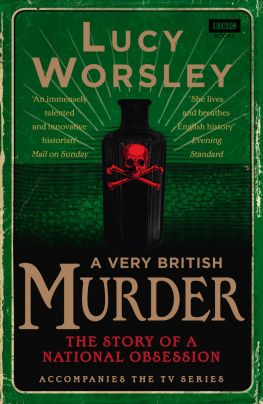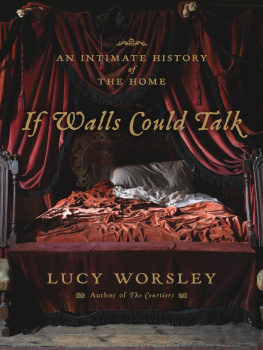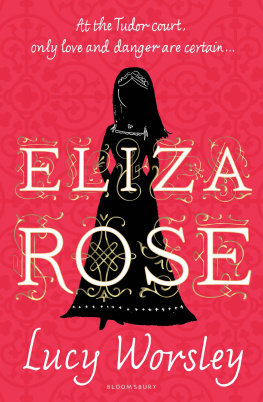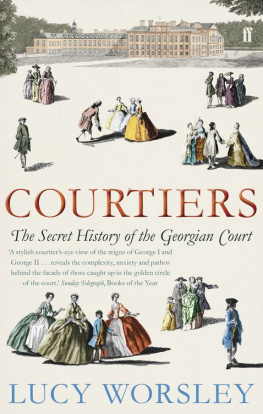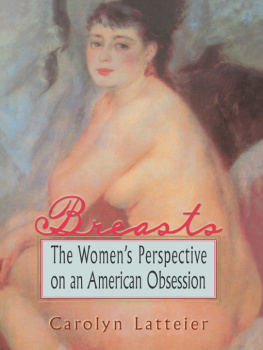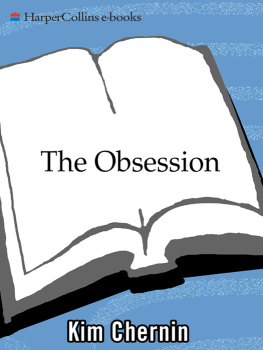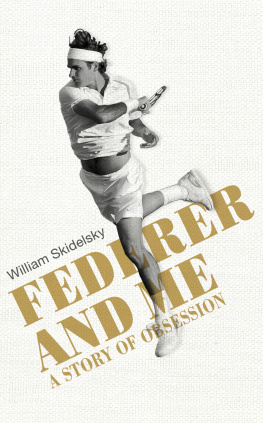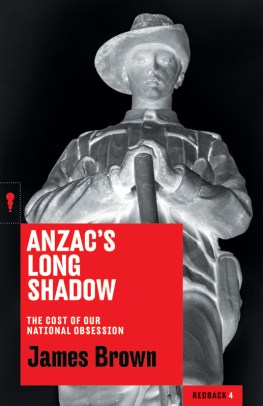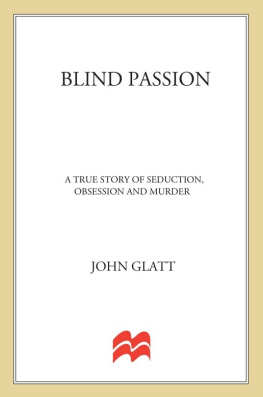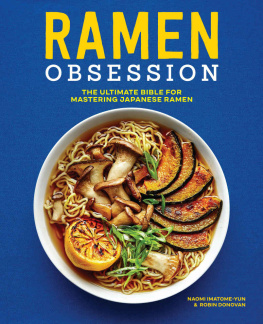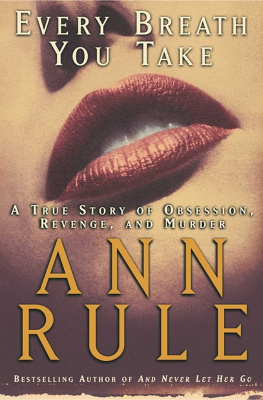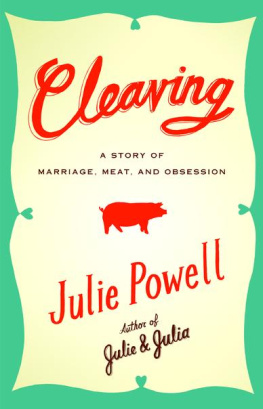Worsley - A Very British Murder: The Story of a National Obsession
Here you can read online Worsley - A Very British Murder: The Story of a National Obsession full text of the book (entire story) in english for free. Download pdf and epub, get meaning, cover and reviews about this ebook. year: 2013, publisher: Ebury Publishing, genre: Detective and thriller. Description of the work, (preface) as well as reviews are available. Best literature library LitArk.com created for fans of good reading and offers a wide selection of genres:
Romance novel
Science fiction
Adventure
Detective
Science
History
Home and family
Prose
Art
Politics
Computer
Non-fiction
Religion
Business
Children
Humor
Choose a favorite category and find really read worthwhile books. Enjoy immersion in the world of imagination, feel the emotions of the characters or learn something new for yourself, make an fascinating discovery.
- Book:A Very British Murder: The Story of a National Obsession
- Author:
- Publisher:Ebury Publishing
- Genre:
- Year:2013
- Rating:3 / 5
- Favourites:Add to favourites
- Your mark:
- 60
- 1
- 2
- 3
- 4
- 5
A Very British Murder: The Story of a National Obsession: summary, description and annotation
We offer to read an annotation, description, summary or preface (depends on what the author of the book "A Very British Murder: The Story of a National Obsession" wrote himself). If you haven't found the necessary information about the book — write in the comments, we will try to find it.
A Very British Murder: The Story of a National Obsession — read online for free the complete book (whole text) full work
Below is the text of the book, divided by pages. System saving the place of the last page read, allows you to conveniently read the book "A Very British Murder: The Story of a National Obsession" online for free, without having to search again every time where you left off. Put a bookmark, and you can go to the page where you finished reading at any time.
Font size:
Interval:
Bookmark:

Contents
MURDER
A dark, shameful deed, the last resort of the desperate or a vile tool of the greedy. And yet, an endlessly fascinating storyline in popular entertainment. When did the British start taking such a ghoulish pleasure in violent death? And what does this tell us about ourselves?
In A Very British Murder, Lucy Worsley explores this phenomenon in forensic detail. She revisits notorious crimes such as the Ratcliffe Highway Murders, which caused a nation-wide panic in Regency England, and characters such as the murderess in black satin, Maria Manning, who helped bury her lover under the kitchen floor. Our fascination with these dark deeds would create a whole new world of entertainment, inspiring journalism and novels, plays and puppet shows, and an army of beloved fictional detectives, from Sherlock Holmes to Miss Marple. During the birth of modern Britain, murder somehow slipped into our national psyche and provided us with some of our most enduring and enjoyable pastimes.
A Very British Murder is a unique exploration of how crime was turned into art, and a riveting investigation into the British soul by one of our finest historians.
Dr Lucy Worsley is a historian and Chief Curator of the Historic Royal Palaces, where she looks after the Tower of London and Hampton Court Palace among others. She has presented numerous television series, including Harlots, Housewives and Heroines for BBC4 and If Walls Could Talk for BBC1, for which she also wrote an accompanying book. Lucy has also written numerous other books, including Cavalier: A Tale of Chivalry, Passion and Great Houses.

Theres the scarlet thread of murder running through the colourless skein of life, and our duty is to unravel it, and isolate, and expose every inch of it.
Sherlock Holmes

It is Sunday afternoon, preferably before the war You put your feet up on the sofa, settle your spectacles on your nose, and open The News of the World. A cup of mahogany-brown tea has put you just in the right mood. The sofa cushions are soft, the fire is well alight, the air is warm and stagnant. In these blissful circumstances, what is it you want to read about? Naturally, about a murder.
George Orwell, Decline of the English Murder (1946)
IN HIS ESSAY Decline of the English Murder, George Orwell describes for us the most satisfying kind of killer. Ideally, hes a solicitor or doctor. Hes chairman of the local Conservative Party, or maybe a campaigner against the demon drink. He commits his crime out of passion for his secretary, but hes really driven by fear of public shame: its easier for him to poison his wife than to go through the public scandal of divorcing her. The archetypal murderer, in Orwells mind, was a devious but apparently quiet and respectable little man, rather like Dr Crippen.
But it wasnt ever thus. Around 1800, people asked to imagine a murderer would have come up with a much more heroic figure: a gallant highwayman, or perhaps a charismatic career criminal who repents on the gallows. They might even have laid eyes upon him themselves, at one of the many crowded and carnivalesque public hangings. And today, by contrast, our scariest and most enjoyable fictional murderers are much less cosy than Orwells. They are psychopathic serial killers, nihilistic, motiveless and utterly terrifying.
This isnt really a book about real-life murderers, or the history of crime although thats certainly part of the story. Instead, its an exploration of how the British enjoyed and consumed the idea of murder, a phenomenon that dates from the beginning of the nineteenth century and continues to the present day.
Perhaps appropriately, then, our two bookends will be writers. Well start in the late Georgian age, with Thomas De Quincey and his essay On Murder Considered as one of the Fine Arts. De Quincey was inspired by the so-called Ratcliffe Highway Murders of 1811, a multiple killing that saw the beginning of the gruesome correlation between lurid reporting of a crime and a massive spike in the sales of newspapers. Well end at the Second World War, and Orwells essay, in which he laments the declining quality of British murders and the rise of a different, more violent, less well-mannered, American-style criminal. Both writers, of course, were satirizing the business of enjoying a murder. And a large-scale, profitable and commercial business it was, too.
As the Victorian age wore on, biographies of murderers were among its publishing sensations. In 1849, as many as two and a half million people bought a rather rushed effort purporting to be the authentic memoirs of Maria Manning, the Lady Macbeth of Bermondsey, who had helped to kill her lover and bury him under her kitchen floor. In the middle of a cholera epidemic, Mannings story dominated the news. Her execution was attended by thousands, including Charles Dickens, who found it horrific but nevertheless used Maria as a model for his murderess in Bleak House.
Maria Mannings execution was one of the last female hangings to take place in public. But even after this date you could still meet murderers face-to-face in the pseudo-scientific Chamber of Comparative Physiognomy, otherwise known as the Chamber of Horrors, at Madame Tussauds gallery. Or else you could watch them re-enacting their crimes in street performances, on the London stage or in puppet theatres. Or you could even buy the merchandising, which included a particular favourite of mine ceramic ornaments depicting the houses where notable murders had taken place.
While researching this book, I was also making a television series on the same subject and I particularly enjoyed filming the strange and varied artefacts spewed out by a consumer societys response to murder. I was ghoulishly pleased to handle the scales used by Thomas De Quincey to measure out the drug to which he was addicted. I myself re-murdered Maria Marten, the Suffolk mole-catchers daughter buried in a barn in 1828, by operating the Victoria and Albert Museums nineteenth-century puppets representing Maria and her killer, William Corder. It was gruesomely thrilling to handle Corders actual scalp, complete with shrivelled ear. Its on display to the public, as it has been ever since his death, and can be seen in a museum in Bury St Edmunds. It was marvellously horrid to be in the Chamber of Horrors after hours, and to see the wax figure of Dr Crippen released from his cell, and to look straight into his eyes. Such experiences, mixing horror and fun, were genuinely unsettling and genuinely pleasurable.
The murderers rise to prominence in popular culture and fiction was mirrored, of course, by the rise of the detective. He and eventually she was greeted with suspicion and the feeling that it was distinctly un-British to spy on members of the public. Eventually, society grew to rely upon and to respect the professional crime-solver, but the amateur remained more popular in fiction. I especially like girl detectives, having grown up believing that I was Harriet Vane from the Lord Peter Wimsey mysteries reborn. Employing a female sleuth in a novel allowed authors to send feminine characters bursting out of the usual restrictions of class and home. They could follow suspects, wear disguises, spy on other people and use their intelligence to right wrongs. Even the female criminals of the Victorian age, both in fact and fiction, give voice to passions and complaints not usually heard or expressed by women in society.
Font size:
Interval:
Bookmark:
Similar books «A Very British Murder: The Story of a National Obsession»
Look at similar books to A Very British Murder: The Story of a National Obsession. We have selected literature similar in name and meaning in the hope of providing readers with more options to find new, interesting, not yet read works.
Discussion, reviews of the book A Very British Murder: The Story of a National Obsession and just readers' own opinions. Leave your comments, write what you think about the work, its meaning or the main characters. Specify what exactly you liked and what you didn't like, and why you think so.


